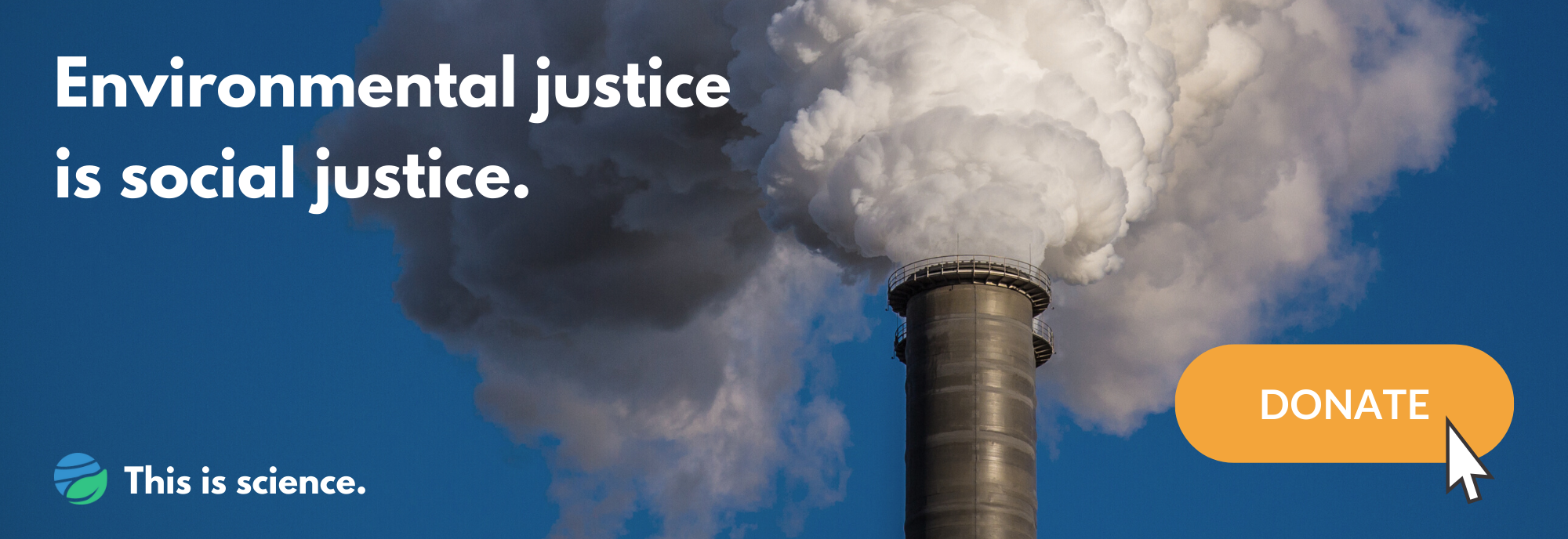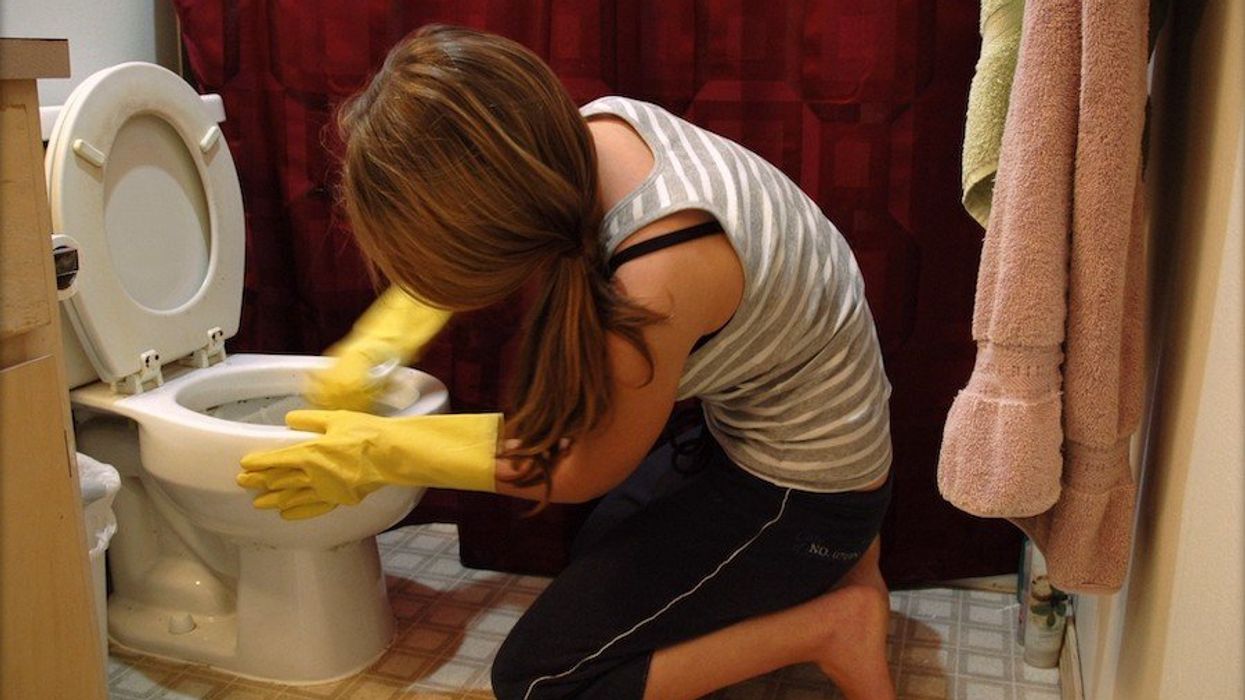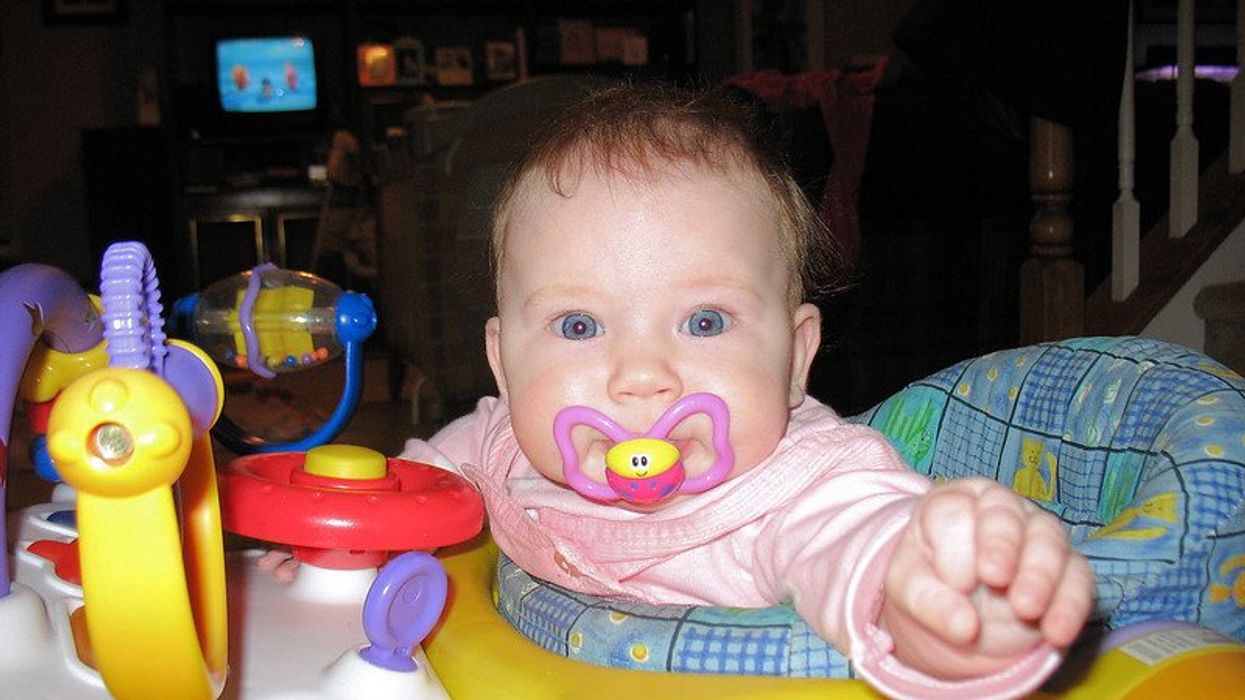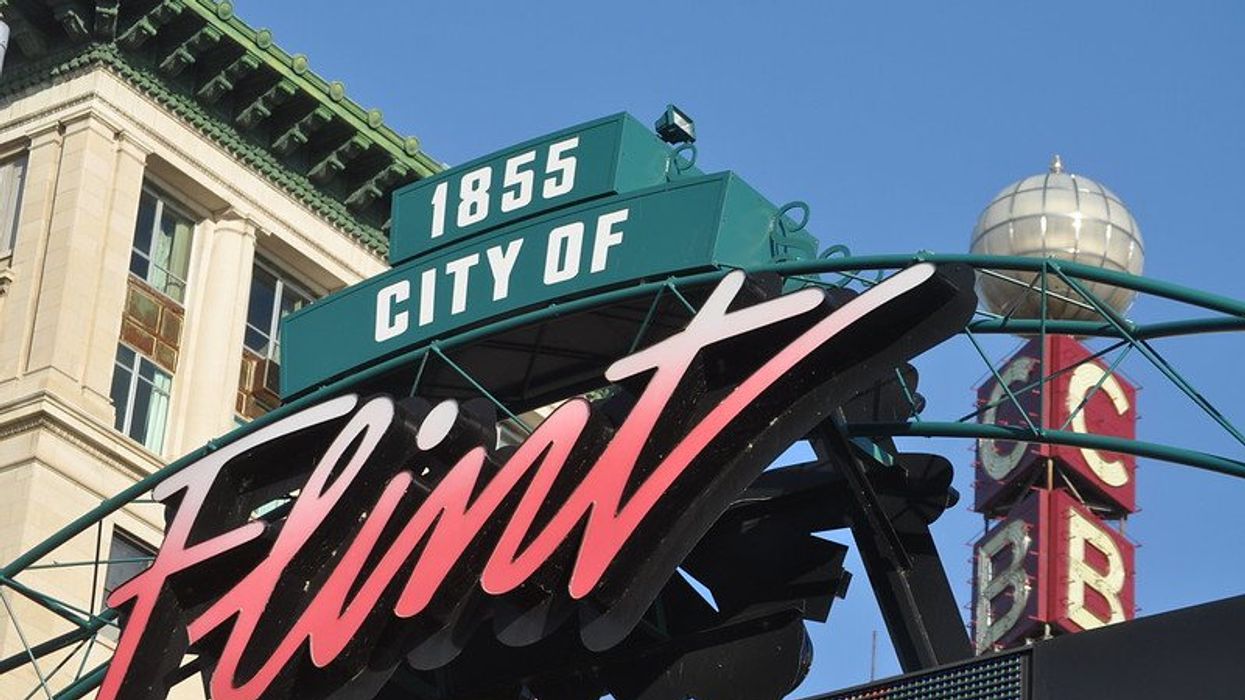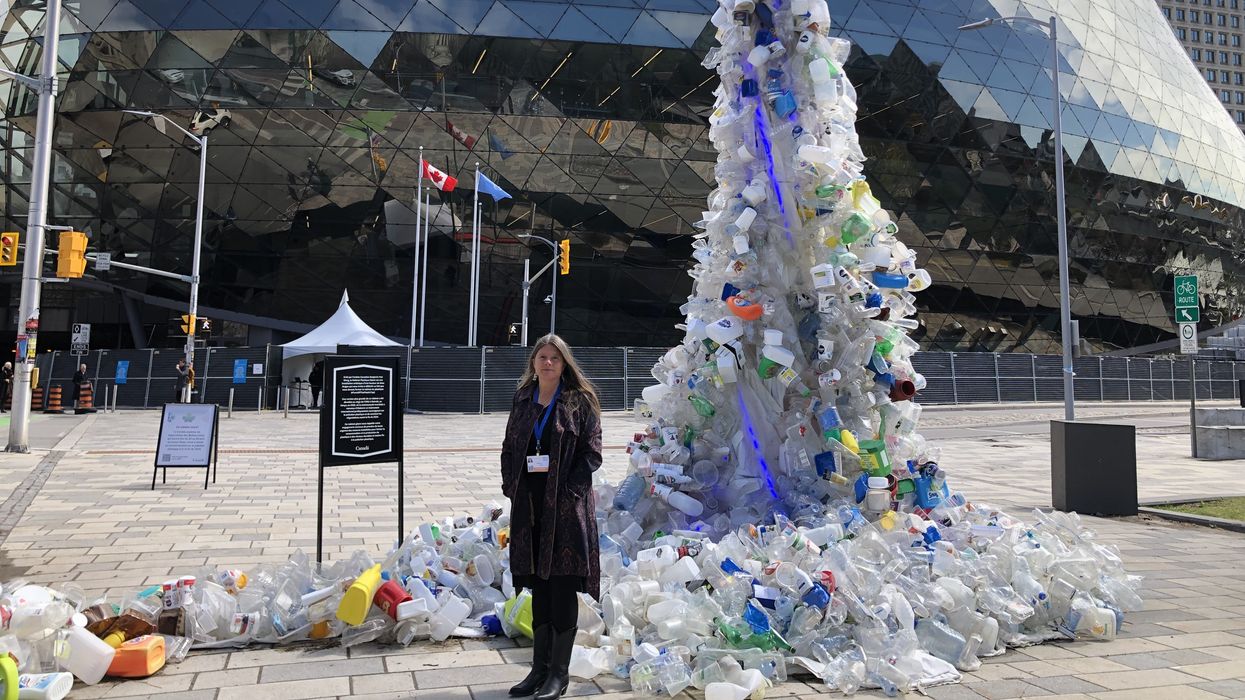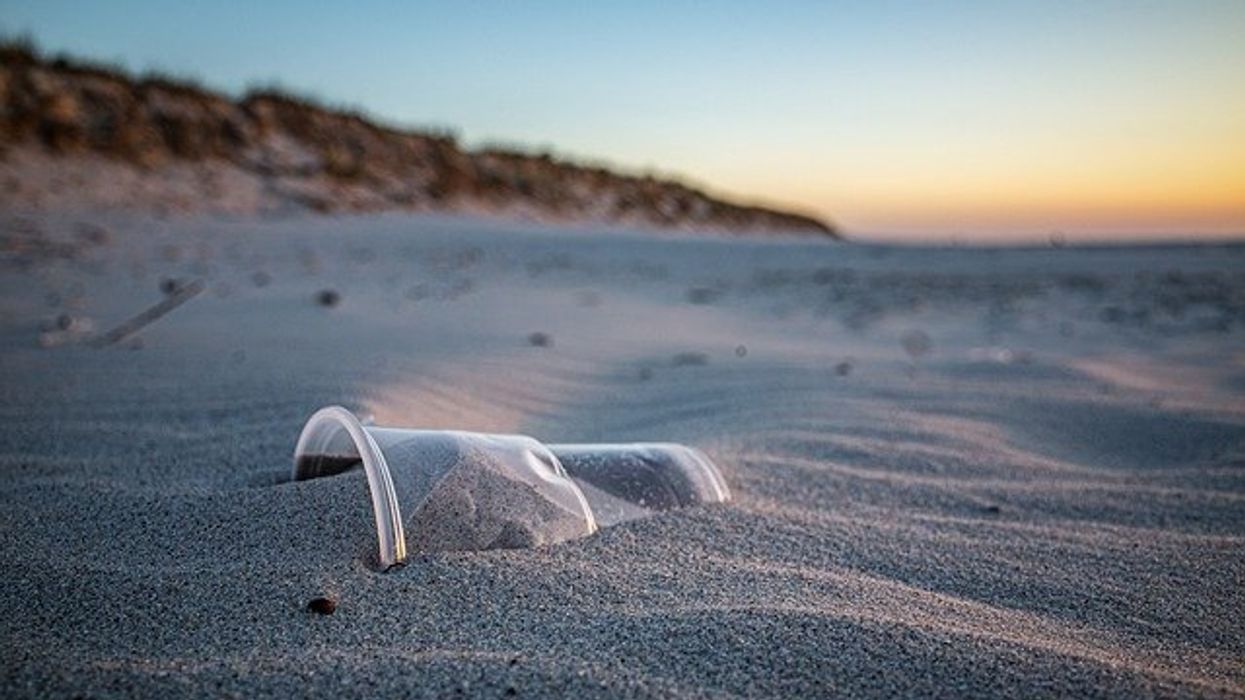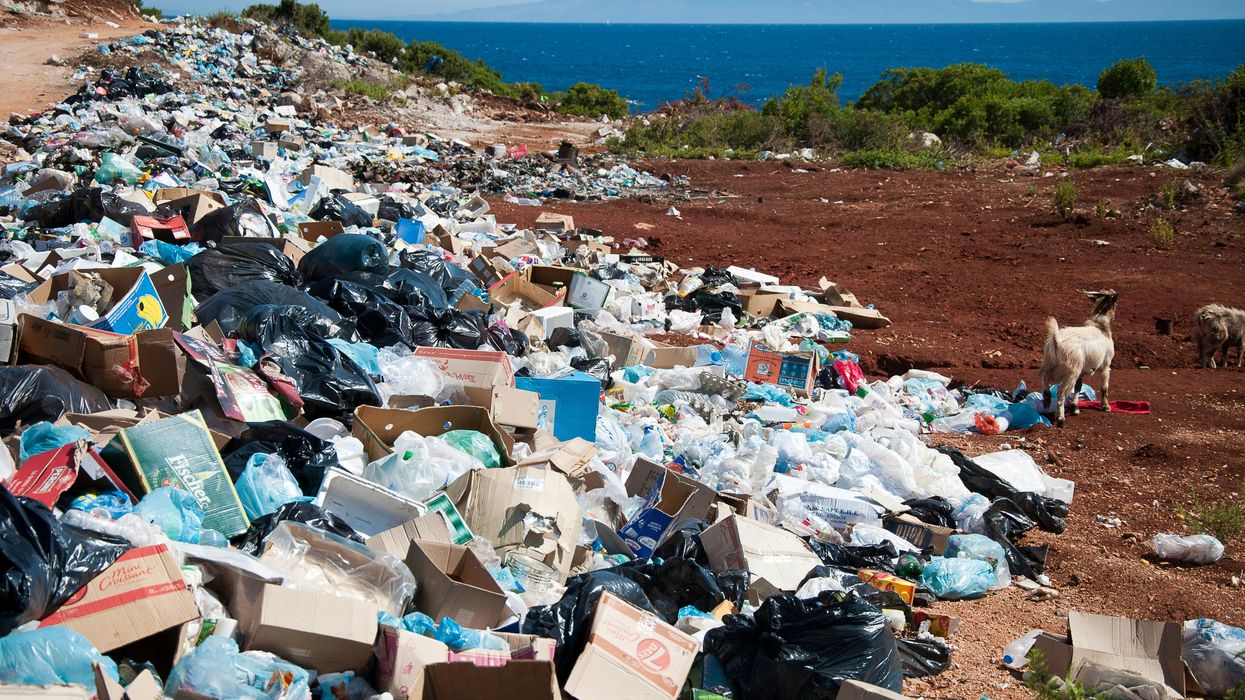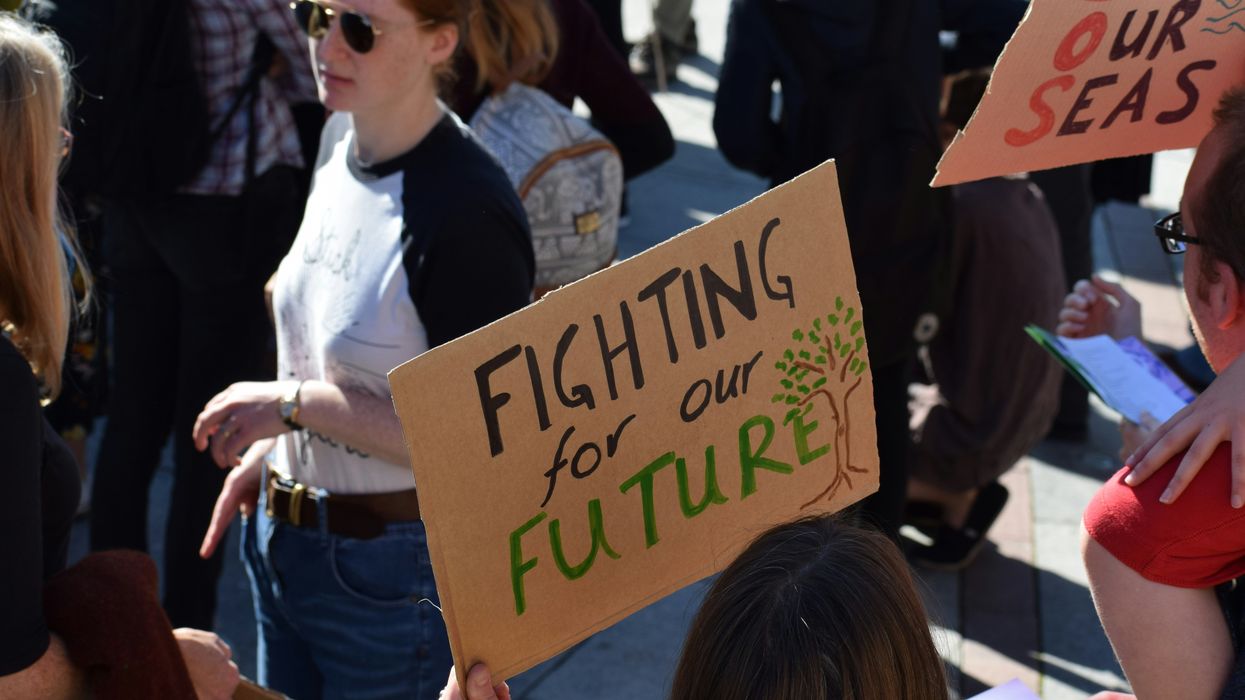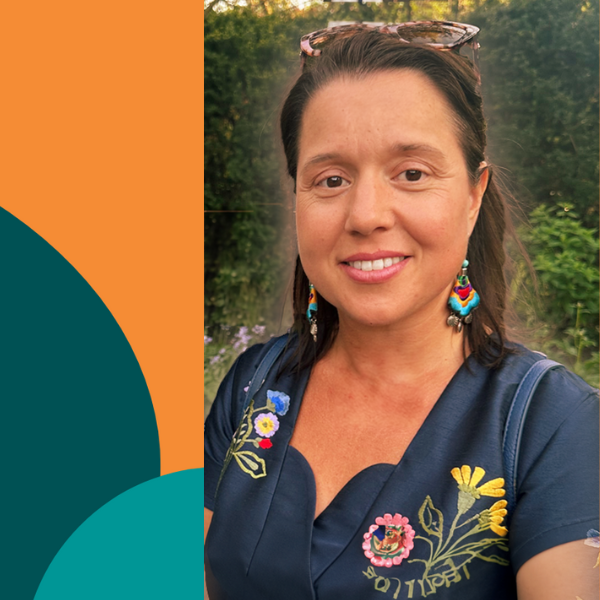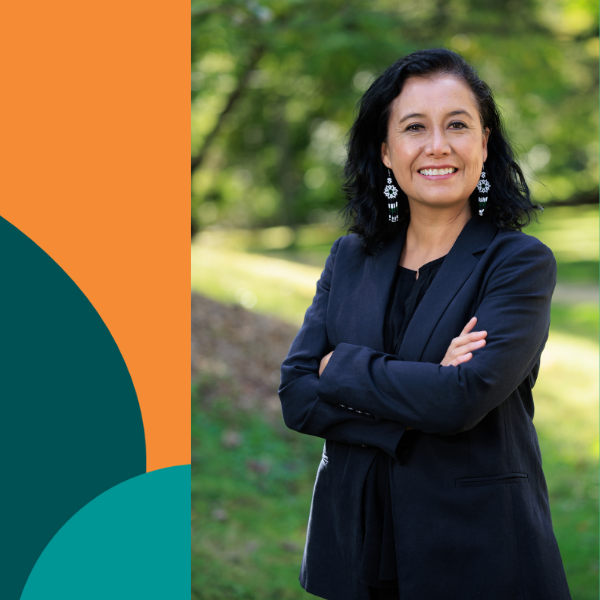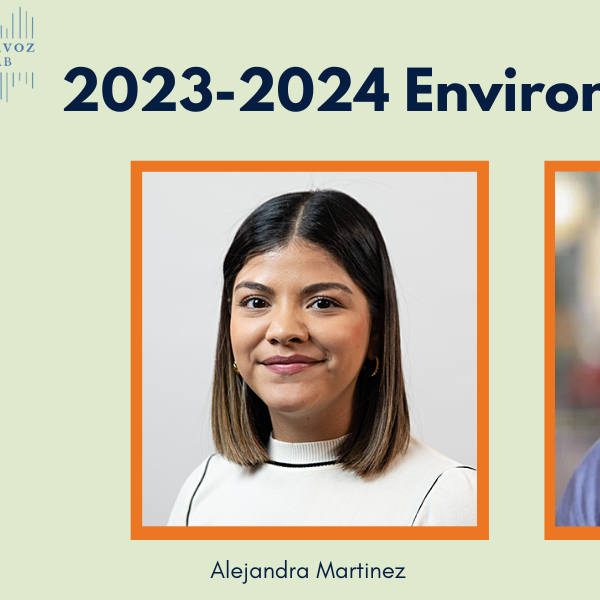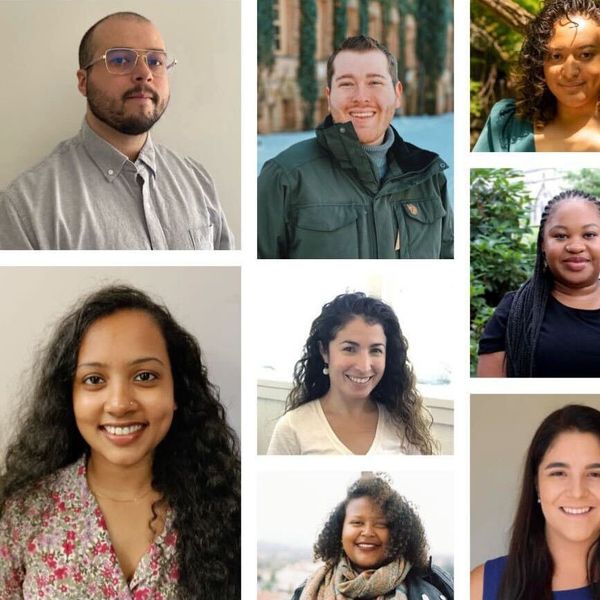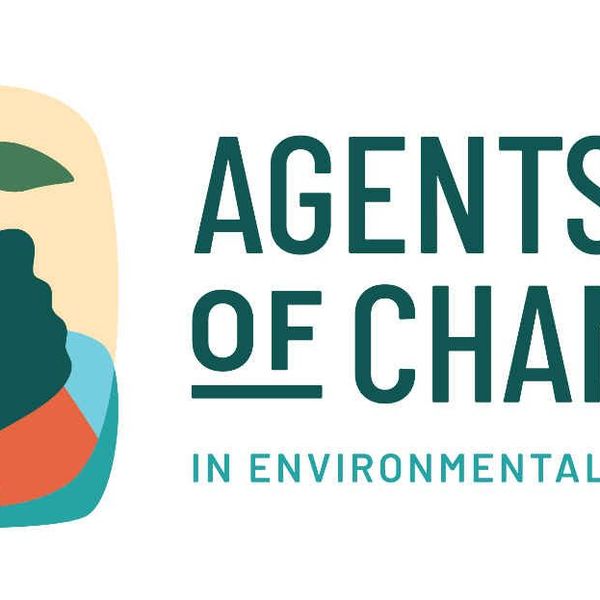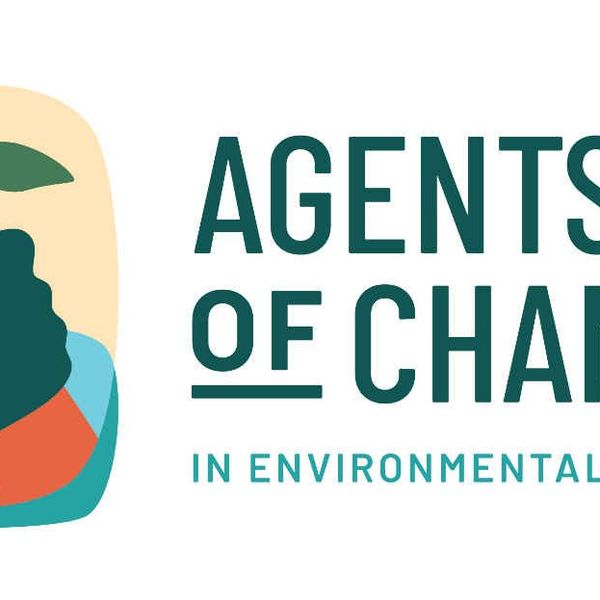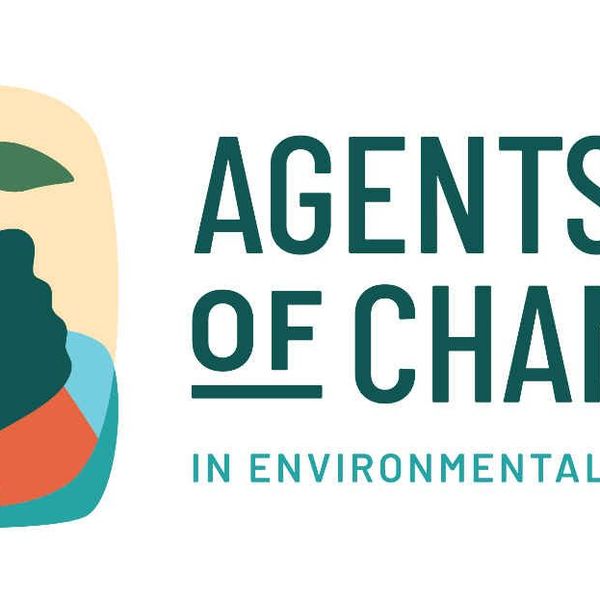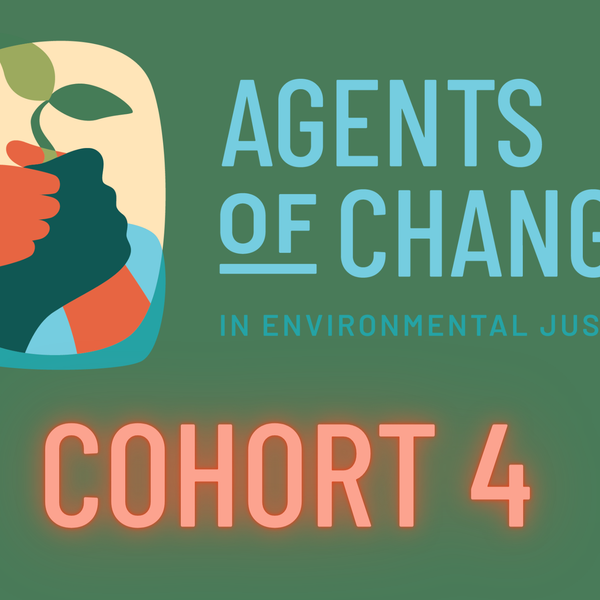“Fairly paying Black people for their time makes me a bad scientist?” This question came out of me with a frustrated sigh.
The Institutional Review Board (IRB), whose job is to judge whether or not proposed research studies involving humans are ethical, had rejected my recent proposal. My project, which would have paid $100 to participants from environmental justice communities in the Washington, D.C. metro area to act as citizen scientists and monitor air quality in their neighborhoods, was deemed “coercive.” The board was concerned that this compensation was so high that community members would take the money and run rather than engage. I was instructed to review IRB guidelines on researcher bias and conflicts of interest.
I felt insulted. What was being said about the integrity of my participants? Or my own integrity? Perhaps more importantly, what was not being said about a public university’s obligation to serve local communities?
While participant pools for citizen science have historically been overwhelmingly white ( 95% according to a 2020 study) and upper-middle class, my participants were people of color from low-income households. Considering that many would have to take time off from work or make childcare and transportation arrangements just to participate, $100 was hardly an outrageous stipend.
I knew this trade-off. As a child, I accompanied my parents on day trips across Atlanta, Georgia, where my sister participated in a clinical trial for asthmatic children. Getting to and from the weekly appointments was an all-day affair for my parents. They were only compensated $25 per day for what easily cost them twice that, but they were eager to participate in research that could improve their child’s health.
Underpaying study participants is only one of many ways in which research institutions devalue community engagement. Underfunding research that puts communities on a level field with researchers, questioning the quality of the science produced by researchers from underrepresented communities and forcing us to replicate toxic behaviors to have thriving careers are all examples of how higher education institutions keep out the people who have the most need of and the most to offer our fields.
As a Black researcher from an environmental justice community, I strive to be a “scholar-activist,” someone who leverages academic privilege to dismantle oppression. But when the legacies of racism, classism and sexism are so visible in higher education today, I can’t help but question if this is a realistic goal. Navigating the contradictions between academia and grassroots activism adds an extra burden to environmental justice researchers – especially those who are or belong to backgrounds facing oppression in the United States – that weighs on our physical and mental health, as well as the health of our communities.
But there is a way forward. By recognizing the value of our lived experiences, learning from those who came before us and taking bold stands when given the opportunity, we can free ourselves from the scholar-activist dilemma.
Lived experience isn't bias, it's expertise

Author co-leads an environmental justice bus tour of West Atlanta, GA, bringing local residents and other stakeholders face-to-face with industrial facilities that are permitted to pollute their communities daily.
Credit: Jessa Ellenburg
My hometown, Stone Mountain, Georgia, is adjacent to a 1,686-foot granite natural wonder of the same name. But, if you have heard of Stone Mountain, it’s probably because of the town’s racist history. The modern Ku Klux Klan drew its first breath atop the mountain with a ceremonial cross-burning in 1915. Local Klan rallies were a regular feature through the mid-century. In 1972, the world’s largest bas-relief carving was completed on the face of the mountain. It was a portrait of three leaders of the Confederate States of America.
My family arrived in 1994, when I was three years old. A recent economic downturn triggered the “white flight” of many Stone Mountain upper-middle-class residents. This created new housing opportunities for lower-middle-class people of color like my parents, two Guyanese immigrants. But while its population became more racially diverse, Stone Mountain did not become less racist. Mixed-use zoning policies created a checkered landscape where the most affordable homes ran along polluted highways and railroads.
This essay is also available in Spanish
I walked to and from school over crumbled sidewalks and eyes stinging from thick clouds of diesel exhaust. Tractor trailers idled at gas stations on every corner with bittersweet smells of benzene (a carcinogen in fuel vapor) and metallic tastes of brake dust.
At home, freight trains were something you could hear and feel — shaking the glasses in the cabinet as they rumbled by at the same time every night. This frustrated my parents and I’d try to lighten the mood by miming a wide-eyed Indiana Jones in the Temple of Doom. This backfired when my sister, who developed asthma when we moved to Stone Mountain, went from laughing to violently coughing.
These experiences inform both why and how I want to conduct my own research. It should be seen as a positive characteristic — however, rooting myself in my lived experiences and the experiences of my people comes at the expense of my so-called “objectivity” as a scientist, as that IRB response outlined. Objective science is “good” science — but this definition of “good” science asks us to erase ourselves from our work and subtly tells us that our life experiences add nothing.
This undervaluation of our backgrounds is an obstacle to our research. In 2019, a peer-reviewed article revealed that applications from African American and Black scientists often went undiscussed by National Institutes of Health (NIH) grant reviewers and frequently received less funding than applications from their white peers. Behind this funding gap, the authors theorized, could be the undervaluation of the impact of community-level health disparities. Other researchers have proposed alternative explanations, like the lack of diversity on grant review panels, the fact that Black scientists receive fewer resources and opportunities to complete preliminary research and show proof of capacity, and the diversity tax – uncompensated emotional and physical labor that many underrepresented Black researchers (especially those who are women and femme-identifying) perform.
In either case, it’s clear that the structure of academia and science, as it exists today, is perpetuating the oppression that environmental justice researchers are trying to undo.
Dismantling the master’s house with environmental justice tools
Institutional Review Board roadblocks, devaluation of lived experiences, the Black-white funding gap, and countless other situations make higher education a hostile place for any person of color or from an oppressed background. At the University of Maryland, College Park, where two Black men have been killed in the last five years and where state law all but requires the purchase of office furniture built by lowest-wage prison labor, Black faculty, staff and students refer to the sprawling campus as “the plantation” and its antebellum-style buildings as “Big Houses.” These inside jokes bond us as we try to play the game to change the game.
As the African-American lesbian womanist Audre Lorde put it, “the master's tools will never dismantle the master's house. They may allow us temporarily to beat him at his own game, but they will never enable us to bring about genuine change.” As academics, what tools will we use to dismantle oppression from within the Big House?
From the 1968 Memphis sanitation strike to Atlanta residents’ ongoing occupation of Weelaunee Forest to “Stop Cop City”, I am inspired by the activism of our environmental justice movement. Bringing that same energy to higher education is hard, but not impossible.
We have critical environmental justice (CEJ), a tool first used by researcher David N. Pellow when working with prison communities facing inhumane and unhealthy conditions. With this tool, we can ask questions that go beyond race and class, and can take into account how caste, age, gender, sexual orientation, disabilities, citizenship and other identities impact environmental justice. We also have participatory science, which rejects traditional approaches to research where academics are active problem-solvers and community participants are passive problem sources. This tool was first implemented by a schoolteacher in Brazil’s favelas, Paulo Freire. From a participatory approach, community members are agents in research design and work together with traditional scientists to co-create study goals and methods.
Applying both tools, I’ve partnered with community members in neighborhoods facing toxic air pollution from local industry and traffic. My community collaborators provide ground-level expertise regarding what is needed and practical while my familiarity with research practice helps clear bureaucratic roadblocks. These approaches may not easily fit into the typical time scales of academia, as it can take months just to build enough trust to begin the work. But forcing a community into an institutional or governmental structure, even to take advantage of a time-limited funding opportunity, is unethical.
But it is not enough for scholar-activists to change the ways of conducting research. We must also change the way we interact with each other.
Embracing the unknown future of the scholar-activist dilemma

Author and community partners standing beneath a newly installed air quality monitor in Uniontown, Alabama in 2021. The monitor provided the first public source of real-time air pollution data within the community marred by environmental injustices.
Credit: Jan-Michael Archer
While the environmental justice movement and the labor movement are distinct, they are also intertwined. Within the last year, tens of thousands of graduate workers – from Berkeley to Ann Arbor to New Brunswick – have taken to the picket lines, striking for fair wages, fair treatment and protection from toxic work environments.
Like many, I entered graduate school with an expectation of a challenging but fair work environment. I was thrilled to be a member of one of the foremost community-engaged environmental justice research laboratories in the country and mentored by a well-known Black male role model. But I discovered the most toxic workplace I had ever seen. During my three-year tenure, I witnessed mismanagement of grant funds, misogyny, disregard for community partners, verbal abuse and an atmosphere of fear and burnout. When I and others attempted to report these abuses, we were met with knowing concern and resignation. These reports, once they got back to the lab director, led to mockery and further intimidation.
I assimilated. As more students came and many more went, I became a senior member of the lab. With this status I provided emotional support to peers while scheming with the boss on how to improve productivity at their expense. I told myself that this was the price of success and that one day, when I had my own lab, I would be better. Eventually, though, remaining in that environment became dangerously toxic. Feeling trapped and battling thoughts of suicide, I took a mental health leave of absence and quietly transferred to a different lab.
At first, I was content to be free, to forget. I threw myself into labor organizing. Commiserating with other graduate workers and helping them leave their own toxic situations was healing. However, as I continued to hear from former colleagues about ongoing harm occurring in my old lab, I had a nagging feeling. I knew that there was more I could have done then and more that I could still do.

Author Jan-Michael Archer testifies in support of unionization and collective bargaining rights for graduate student workers before Maryland state legislators in 2023. In his testimony, Archer spoke of the harm caused by abuses of power in academic workplaces.

More than 200 graduate workers and allies gather to demand union recognition at the University of Maryland-College Park in September 2023.
Credit: Emilio J. Weber
In February, I was called to provide written and oral testimony in support of collective bargaining rights for graduate workers. I decided to share how my time in the lab, the campus grievance policy’s failures to elicit change, and the resulting negative impacts to my mental health, were all signs of the violence that pervades the entire University System of Maryland and academia as a whole.
It struck a nerve. Other whistleblowers joined me. Together we organized a network of more than a dozen witnesses whose own testimonies spanned several years and were backed by notes, recordings, and emails. We shared a list of demands for restorative justice. The department and school of public health, which had been incapable of addressing the misconduct in the past, used my testimony, which is now public record, to establish new policies for anonymous reporting. A final resolution is still to come, but I am encouraged by the initial response.
I’ve come to realize that the scholar-activist dilemma is a false choice. When it comes down to it, turning environmental justice research into environmental justice action is not a dichotomy: It’s an imperative. But this clarity does not erase the real-life obstacles that I, and other researchers from oppressed backgrounds, face.
I do not have an answer or a way out of this predicament. I do know that I have found peace and strength in recognizing the value of my lived experiences, in connecting my actions and frustrations to those of the environmental justice scholars and activists who have come before me and in embracing solidarity and collective action to fight injustice. These are the tools that every scholar-activist has at their disposal in the fight to bring down that Big House.
This essay was produced through the Agents of Change in Environmental Justice fellowship. Agents of Change empowers emerging leaders from historically excluded backgrounds in science and academia to reimagine solutions for a just and healthy planet.


